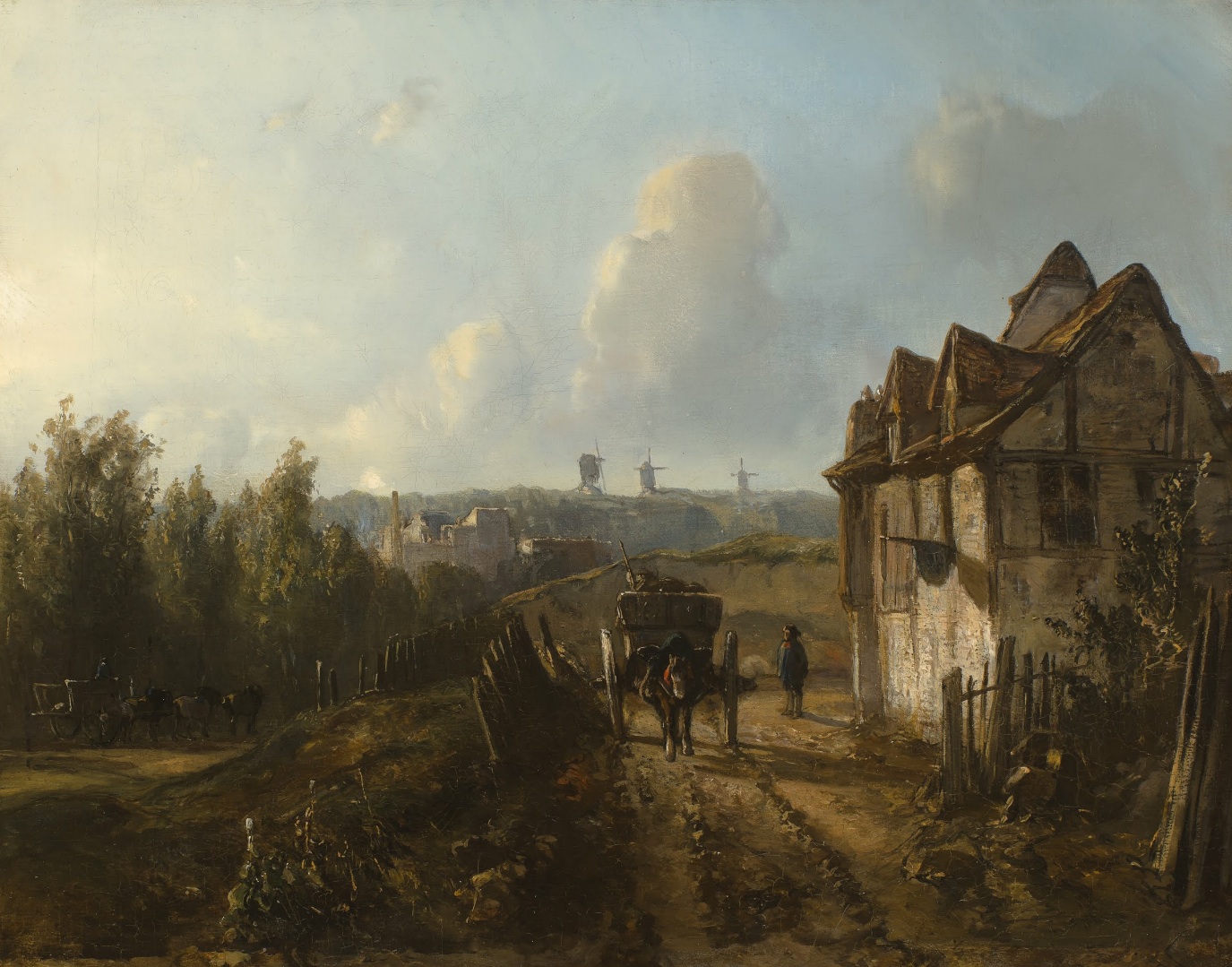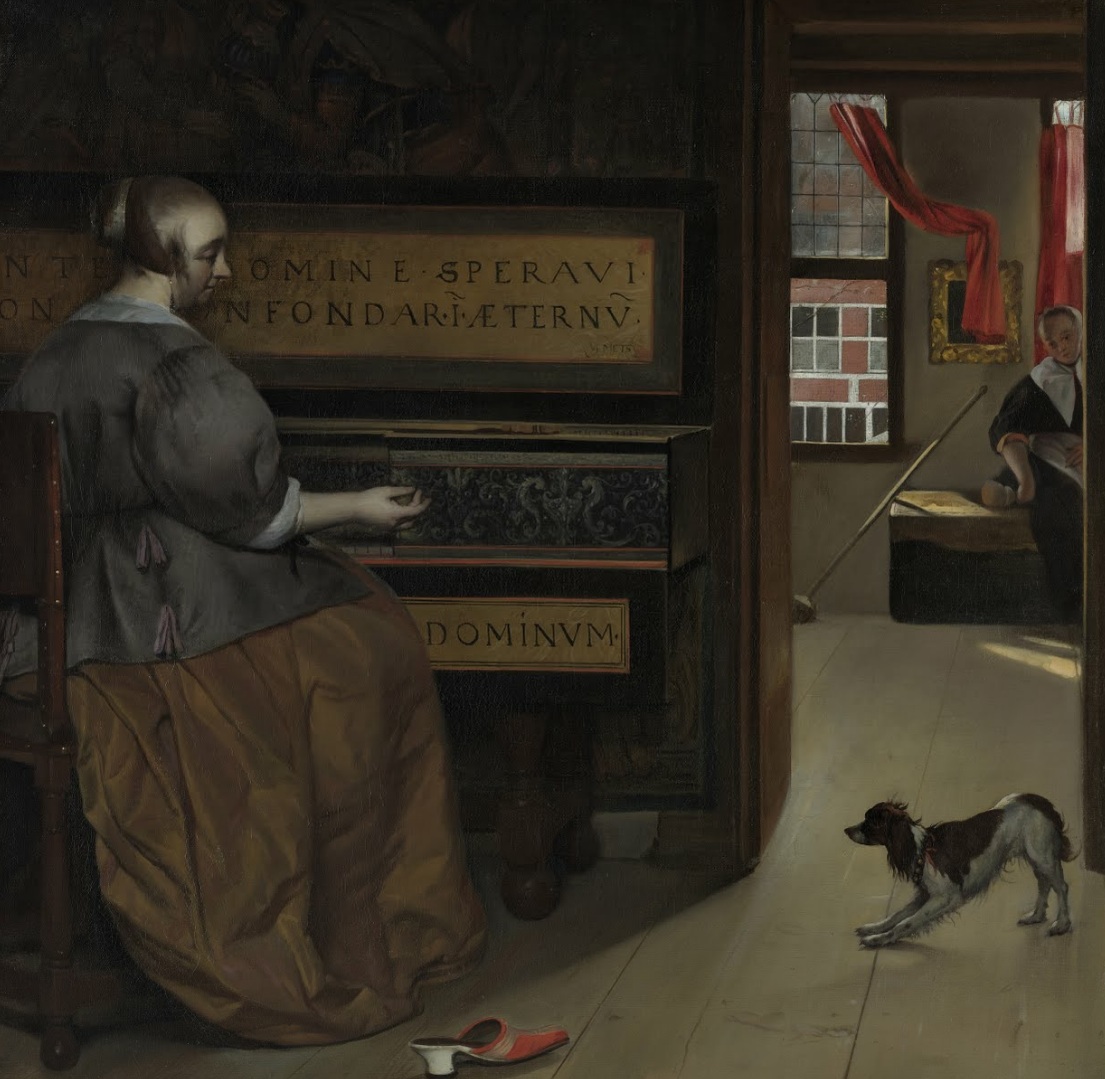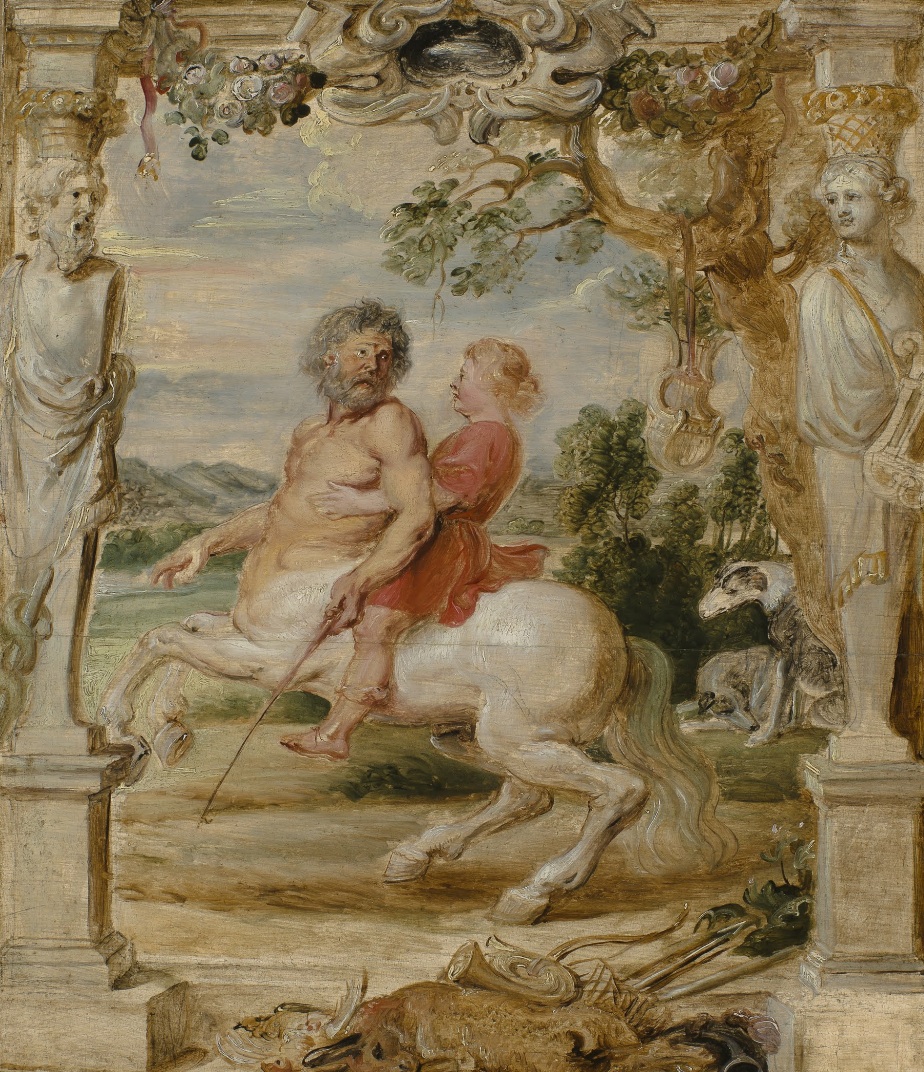
Rotterdam - Musee Boijmans van Beuningen
Le musée Boijmans Van Beuningen est un musée de peintures anciennes et modernes de la ville de Rotterdam aux Pays-Bas.
L'histoire du Musée Boijmans Van Beuningen commence en 1841 lorsque Frans Jacob Otto Boijmans (1767-1847) lègue de nombreuses œuvres à la ville de Rotterdam. Le musée ouvre ses portes le 3 juillet 1849. Cependant, à la suite d'un terrible incendie en 1864, une partie de la collection est perdue. En 1935, Ad van der Steur, un architecte hollandais du début du xxe siècle, aidé par l'ancien directeur du musée Dirk Hannema, décident de faire construire un nouveau bâtiment qui serait plus adapté et qui offrirait une meilleure muséographie. En 1958, la collection est grossie par le leg de Daniël George van Beuningen qui donnera son nom au musée.
On peut y voir une version de La Tour de Babel de Pieter Bruegel l'Ancien, des tableaux de Rembrandt, Vincent van Gogh et de divers maîtres du xxe siècle.
Le musée Boijmans Van Beuningen est un musée de peintures anciennes et modernes de la ville de Rotterdam aux Pays-Bas.
L'histoire du Musée Boijmans Van Beuningen commence en 1841 lorsque Frans Jacob Otto Boijmans ( ...



 - nature morte avec instruments de musique 1650 Rotterdam, Museum Boijmans Van Beuningen.jpg)
 - nature morte avec instruments de musique 1650 Rotterdam, Museum Boijmans Van Beuningen.jpg)
.jpg)
.jpg)
.jpg)
.jpg)
.jpg)
.jpg)
.jpg)
.jpg)
 - The Earring 1893 Rotterdam, Museum Boijmans Van Beuningen.jpg)
 - The Earring 1893 Rotterdam, Museum Boijmans Van Beuningen.jpg)
.jpg)
.jpg)
.jpg)
.jpg)
.jpg)
.jpg)
.jpg)
.jpg)
 - A Young Woman at her Toilet 1667 Rotterdam, Museum Boijmans Van Beuningen ().jpg)
 - A Young Woman at her Toilet 1667 Rotterdam, Museum Boijmans Van Beuningen ().jpg)
 - A Young Woman at her Toilet 1667 Rotterdam, Museum Boijmans Van Beuningen (detail).jpg)
 - A Young Woman at her Toilet 1667 Rotterdam, Museum Boijmans Van Beuningen (detail).jpg)
 - Maid at the Window 1660 Rotterdam, Museum Boijmans Van Beuningen.jpg)
 - Maid at the Window 1660 Rotterdam, Museum Boijmans Van Beuningen.jpg)
















 - Who sues for a cow 1629 Rotterdam, Museum Boijmans Van Beuningen.jpg)
 - Who sues for a cow 1629 Rotterdam, Museum Boijmans Van Beuningen.jpg)


.jpg)
.jpg)
.jpg)
.jpg)


.jpg)
.jpg)
.jpg)
.jpg)
.jpg)
.jpg)
.jpg)
.jpg)
.jpg)
.jpg)
.jpg)
.jpg)
.jpg)
.jpg)
.jpg)
.jpg)
.jpg)
.jpg)
.jpg)
.jpg)
.jpg)
.jpg)
 - View inside the Saint Bavo Church in Haarlem 1666 Rotterdam, Museum Boijmans Van Beuningen ().jpg)
 - View inside the Saint Bavo Church in Haarlem 1666 Rotterdam, Museum Boijmans Van Beuningen ().jpg)
 - View inside the Saint Bavo Church in Haarlem 1666 Rotterdam, Museum Boijmans Van Beuningen (detail).jpg)
 - View inside the Saint Bavo Church in Haarlem 1666 Rotterdam, Museum Boijmans Van Beuningen (detail).jpg)
 - The Last Supper 1480 Rotterdam, Museum Boijmans Van Beuningen.jpg)
 - The Last Supper 1480 Rotterdam, Museum Boijmans Van Beuningen.jpg)